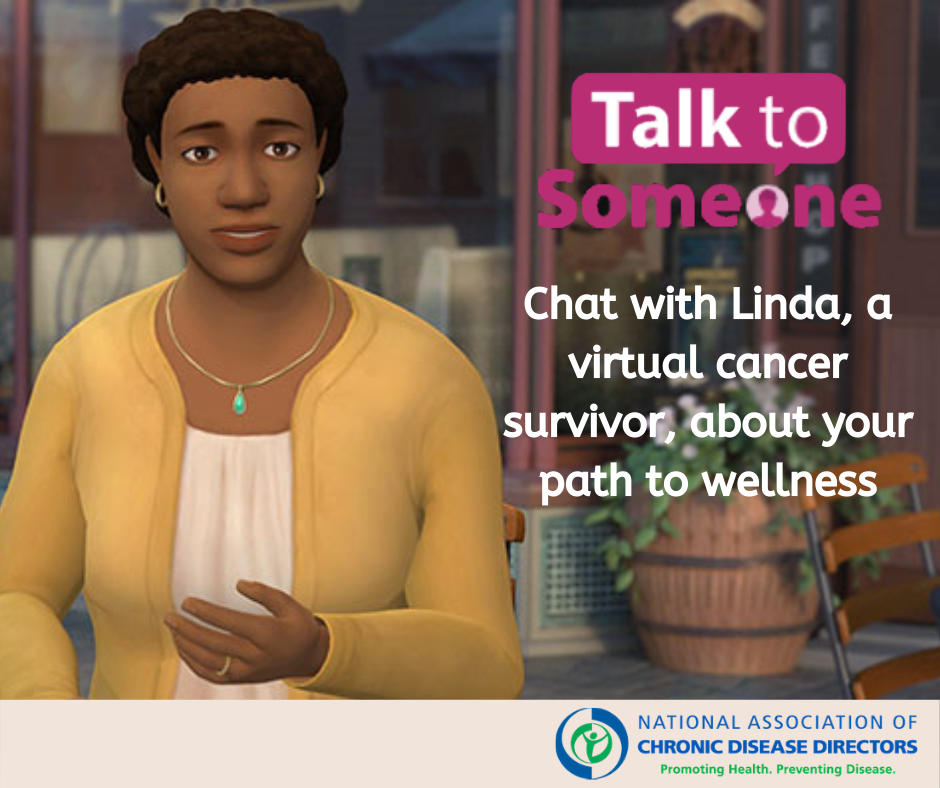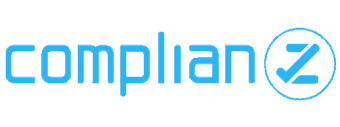How to Conquer Zoom: Webinar Edition
Since the start of COVID-19, we all experienced a mass migration into the virtual world. Over time, as America’s businesses and organizations are moving to a hybrid work environment, it’s still clear that Zoom is here to stay. Realizing that this would be our new normal, The Reis group has concentrated on how to maintain—and improve—our high level of client service by mastering this ubiquitous platform.
A key service that we provide for our clients is conducting virtual media briefings through Zoom’s webinar feature. As a health care PR agency, it’s our job to think through the key logistics of the platform, set benchmarks for materials development, and become experts in the platform and all its features. Conducting a Zoom webinar incorporates many moving parts. It’s not rocket science, but there are some important things to know.
Here are a few “tricks of the trade” to ensure your next webinar is a success!
Know the platform. Zoom, like other platforms, is constantly making changes to improve the user’s experience. As a designated “Zoom guru,” it’s your job to stay updated on updates. One of the best ways is by engaging with the platform at least once a day leading up to your virtual event and scheduling several practice sessions with your client. Recently, during a practice session, we noticed that Zoom’s annotation feature had been unexpectedly enabled. This could have been disastrous because it would have allowed non-host panelists to make live annotations or comments on the PowerPoint slide deck. Could you imagine the disruption that could have caused? We were able to quickly disable the feature and add that to the growing list of items to check each day to ensure a successful event.
Have a plan, but also be agile! Developing a detailed step-by-step timeline is super important. This ensures that all players are aligned on key activities such as developing the slide deck, disseminating the registration links, scheduling practice sessions, etc. The reality, though, is that we sometimes will be forced to scrap our plans to meet a client’s evolving needs—and that’s ok! I recently experienced this with a client, so we immediately scheduled additional check-ins, adjusted the timeline, and identified areas where extra support was needed. Clear communication and quick strategic thinking helped us to produce a high-quality webinar.
Remember to breathe. Doing your homework and having a good plan are crucial. But even with safeguards in place, things can go wrong—and often will. Recently, we were live during a webinar, but instead of sharing the slide deck, the host’s email inbox was shown by mistake. We quickly informed them privately and hardly missed a beat. When things go wrong, it’s easy to panic. Instead, I was able to remember to remain present—and to breathe! Remaining calm gives you a chance to respond in a timely thoughtful way and diffuse your anxiety. When the inevitable mistakes are made, our best service to our client is to just stay cool and carry on.
Running a Zoom webinar can be intimidating but it’s also an opportunity to build skills and position yourself as an expert. I often look at conducting webinars as a reminder to be committed to the process of learning—being open and hungry for new information. The Zoom platform is ever evolving but if we plan ahead and stay cool, we evolve too.





